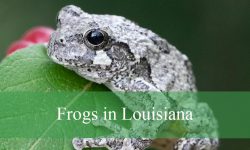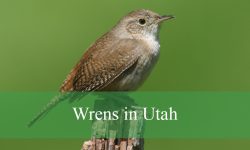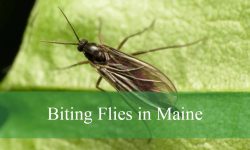Raccoons are one of the most familiar mammals in Ohio, often seen prowling through forests, wetlands, and even suburban neighborhoods. Known for their cleverness and distinctive black “mask,” raccoons belong to the species Procyon lotor, which is widespread across the state. While there is technically only one true raccoon species in Ohio, wildlife observers often encounter different color variations or morphs that make them appear unique. These rare morphs—albino, leucistic, and melanistic—are fascinating to identify and highlight the diversity within the state’s raccoon population.
For those interested in wildlife observation, Ohio offers plenty of opportunities to spot raccoons in natural areas as well as urban settings. Understanding the differences between the common raccoon and its rarer variations will enhance your wildlife experience and make identification easier. This guide explores the four recognized types of raccoons in Ohio, with detailed information on their characteristics, behavior, and appearance.
Whether you are a naturalist, a casual observer, or simply curious about the creatures roaming the Ohio landscape, learning about these raccoon types will give you a deeper appreciation for this adaptable mammal. Let’s take a closer look at the unique raccoon variations found in the state.
The Common Raccoon in Ohio
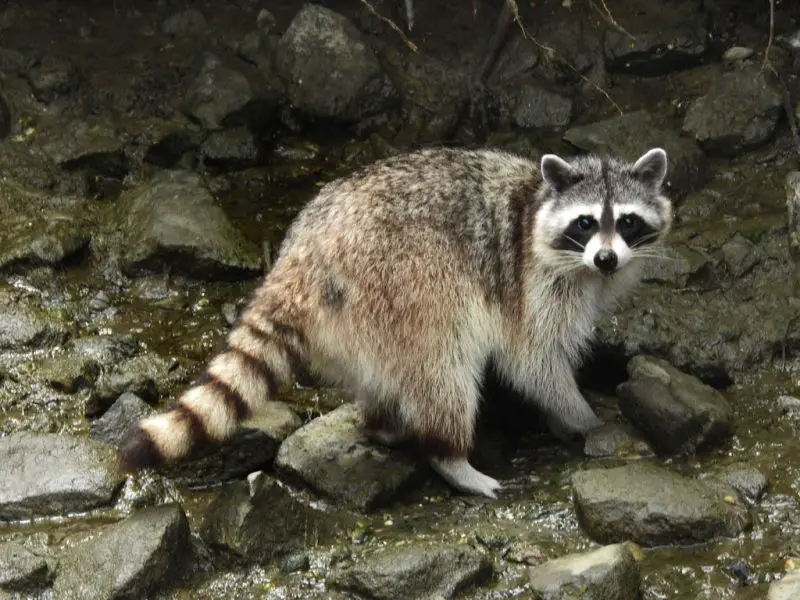
The common raccoon (Procyon lotor) is the species that most Ohioans are familiar with. Medium-sized and stocky, these mammals typically weigh between 15 and 25 pounds, with a body length ranging from 16 to 28 inches, not including their bushy ringed tail that can add another 10 inches. Their dense fur is grayish-brown, and their most striking feature is the black facial mask contrasted against lighter fur, giving them a bandit-like appearance. The tail is ringed with alternating dark and light bands, which makes identification easy even in dim light.
Raccoons are highly adaptable, thriving in Ohio’s woodlands, farmlands, wetlands, and even cities. Their omnivorous diet includes fruits, nuts, small animals, insects, and human food waste. This versatility allows them to survive in almost any habitat, making them one of the most widespread mammals in the state. They are nocturnal and often forage at night, using their highly sensitive front paws to manipulate and wash food. In urban areas, raccoons are frequently seen rummaging through trash cans, which has earned them a reputation for being resourceful survivors.
Behaviorally, raccoons are solitary animals, though they may gather in loose groups during colder months for warmth. They do not truly hibernate but enter a state of torpor during harsh winters, relying on fat reserves to sustain them. Raccoons in Ohio breed in late winter, and females give birth in spring to litters of two to five kits. With their intelligence, dexterity, and adaptability, the common raccoon represents the baseline from which other rarer variations in Ohio are recognized.
The Albino Raccoon in Ohio
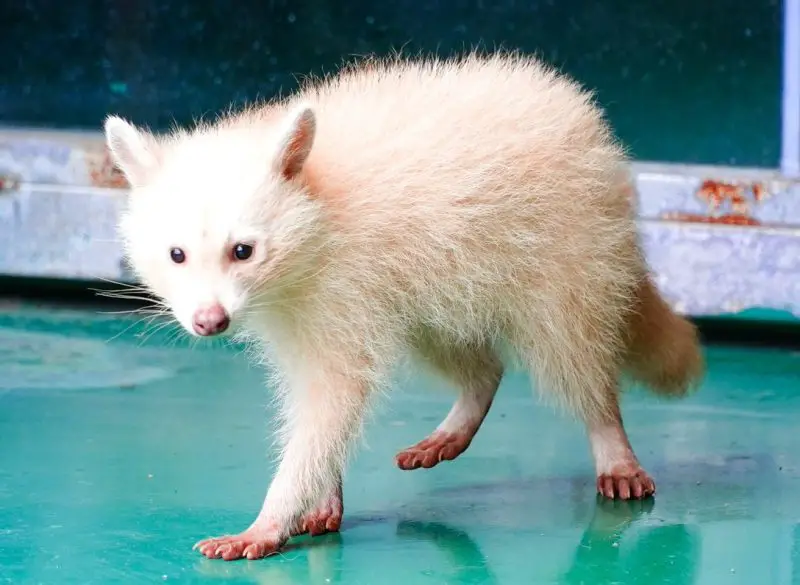
The albino raccoon is one of the rarest mammalian sightings in Ohio. True albinos are caused by a genetic mutation that prevents the production of melanin, resulting in completely white fur, pink eyes, and pink skin. These physical traits make them stand out dramatically from the common raccoon’s grayish-brown appearance. Albino raccoons are often mistaken for leucistic individuals, but the difference lies in their eye and skin coloration—only albinos display pink eyes, while leucistic raccoons retain normal pigmentation in those areas.
Because their pale coloration provides no camouflage, albino raccoons face challenges in the wild. Predators can spot them more easily, and their sensitivity to sunlight makes them more vulnerable to eye damage. Despite these challenges, albino raccoons occasionally survive long enough to be observed in Ohio, often in rural areas where predation pressure may be lower. Wildlife rehabilitators sometimes encounter these animals, which attract attention for their striking and unusual looks.
Behaviorally, albino raccoons are no different from their normally colored counterparts. They still forage at night, climb trees with ease, and use their keen sense of touch to locate food. Their diet and habits remain the same, but their rarity makes them a symbol of fascination. In Ohio, spotting an albino raccoon is considered extremely lucky, and many wildlife enthusiasts actively seek them out in natural areas. Though they make up only a tiny fraction of the raccoon population, their presence adds a layer of uniqueness to Ohio’s wildlife diversity.
The Leucistic Raccoon in Ohio
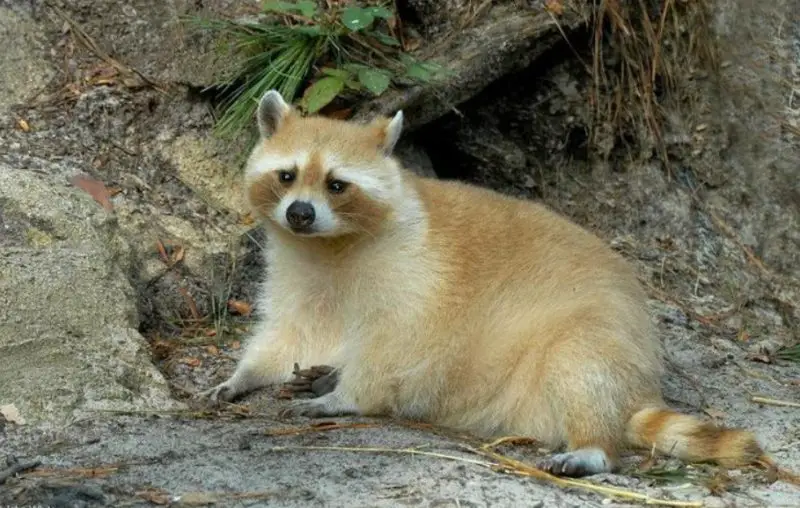
Leucistic raccoons represent another fascinating variation found in Ohio. Unlike albinos, leucistic raccoons retain some pigmentation, meaning their eyes, nose, and skin usually appear normal in color. Their fur, however, ranges from pale cream to white, sometimes appearing patchy with areas of normal gray. This partial loss of pigmentation is caused by a different genetic condition than albinism, and it often gives the raccoon a ghostly or washed-out appearance. Identifying a leucistic raccoon requires careful observation, especially to note that its eyes are not pink but dark, which distinguishes it from albinos.
In terms of behavior, leucistic raccoons are just as adaptable as their normally colored relatives. They forage in forests, wetlands, and backyards, feeding on a wide range of food sources from fruits and nuts to small animals and discarded human food. Their nocturnal habits remain unchanged, and they often use the same den sites in hollow trees, abandoned burrows, or even attics when living near people. Their unusual coloring, however, can make them more conspicuous, reducing their camouflage effectiveness.
In Ohio, sightings of leucistic raccoons are rare but not unheard of. Wildlife photographers and enthusiasts sometimes document them, especially in rural areas where raccoon populations are healthy and diverse. Unlike albinos, leucistic individuals may survive longer in the wild because their eye pigmentation protects them from light sensitivity issues. This gives them a slightly higher survival rate, though they are still at greater risk of predation due to their lighter fur. Leucistic raccoons stand out as one of the most intriguing variations in Ohio’s raccoon population.
The Melanistic Raccoon in Ohio
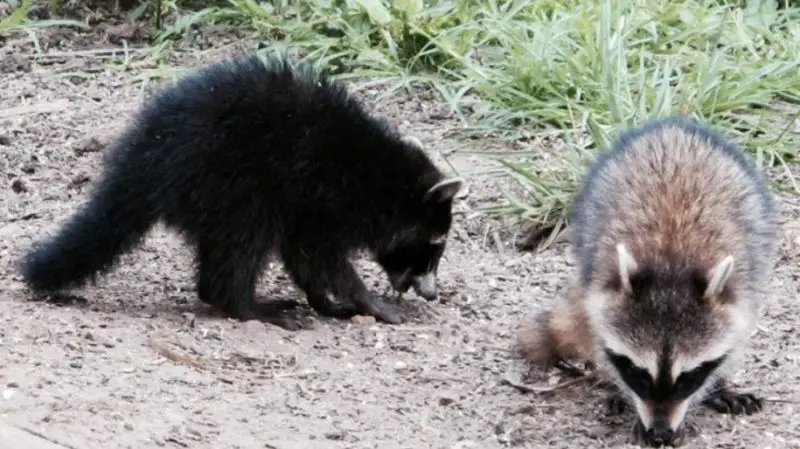
At the opposite end of the spectrum from albino and leucistic types lies the melanistic raccoon. This rare variation is characterized by an abundance of melanin, resulting in fur that is much darker than the typical grayish-brown coat. Melanistic raccoons often appear almost entirely black, though in good lighting, faint rings on the tail may still be visible. Their facial mask may blend in with the rest of the fur, giving them a more uniform appearance. In Ohio, melanistic raccoons are considered extremely rare, and sightings are far less common than the standard form.
Despite their unusual coloration, melanistic raccoons behave the same way as any other raccoon. They are opportunistic omnivores, feeding on plants, insects, small vertebrates, and carrion. They thrive in woodlands, river valleys, and suburban neighborhoods, using their climbing ability and problem-solving skills to find food. The darker coat may provide some camouflage benefits in dense forests or at night, though it does not significantly alter their survival chances compared to normal raccoons.
Ohioans who encounter melanistic raccoons often describe them as mysterious or striking. Their dark coats make them appear almost shadow-like, and because of their rarity, they generate excitement among wildlife observers. Like albino and leucistic individuals, melanistic raccoons are not a separate species but a genetic variation of the common raccoon. In Ohio’s diverse landscapes, the presence of these unusual morphs highlights the genetic diversity and adaptability of the raccoon population.
Raccoon Behavior and Adaptability in Ohio
All raccoon variations share the same core behaviors, regardless of their coat color. They are nocturnal mammals with exceptional problem-solving skills, often opening latches, raiding garbage bins, and manipulating objects with their dexterous front paws. Their omnivorous diet allows them to exploit nearly any food source available, from wild berries and acorns to human leftovers. This adaptability is one of the reasons raccoons thrive in Ohio’s diverse habitats, from forests and wetlands to small towns and major cities.
Seasonally, raccoons in Ohio adjust their activity levels. In winter, they enter a state of semi-dormancy, reducing movement but not fully hibernating. During spring and summer, they are more active, foraging extensively to build fat reserves. Breeding occurs in late winter, with females raising young in secluded dens during spring. Kits stay with their mother for several months before becoming independent in the fall.
The presence of raccoons across Ohio is a testament to their resilience. Whether common or rare morphs, these mammals have adapted remarkably well to human-altered environments. Observing them in the wild—or even in your backyard—offers a glimpse into the survival strategies of one of Ohio’s most successful mammals.
Best Time and Place to See Raccoons in Ohio
The best time to see raccoons in Ohio is during the evening and night hours, since these mammals are strictly nocturnal. They typically leave their dens at dusk to begin foraging, making twilight one of the easiest times to spot them. Spring and summer months are particularly active periods, as raccoons spend more time searching for food to raise their young and build fat reserves. In winter, sightings are less frequent because raccoons enter a state of torpor and reduce their activity during extremely cold spells.
In terms of location, raccoons can be found almost everywhere in Ohio, from rural forests to city neighborhoods. Wooded areas with water sources, such as the Cuyahoga Valley National Park or along the Scioto and Muskingum Rivers, are ideal places to observe them in natural habitats. Wetlands, farmlands, and forest edges also provide excellent opportunities for encounters, especially where food sources like berries, nuts, and amphibians are abundant. In urban areas, raccoons are commonly seen near trash bins, gardens, and attics, showcasing their adaptability to human presence.
For those hoping to spot rare variations such as albino, leucistic, or melanistic raccoons, rural Ohio offers the best chances. These morphs are less likely to survive in densely populated cities, so sightings are more common in less disturbed habitats where predation pressure is lower. Carrying a flashlight or using motion-activated cameras at night can increase the likelihood of observing raccoons in action. With patience and careful observation, Ohio provides many opportunities to encounter both common raccoons and their rare color morphs in the wild.
Conclusion
Raccoons are an integral part of Ohio’s wildlife, and while only one true species exists, the rare variations of albino, leucistic, and melanistic raccoons bring diversity and intrigue to the landscape. The common raccoon remains the most frequently seen, thriving in both natural and urban habitats, while the unusual morphs are prized sightings for wildlife enthusiasts. Recognizing and appreciating these differences enhances our understanding of Ohio’s ecosystems and the adaptability of this clever mammal.
Whether you encounter a standard raccoon rummaging through a trash bin or are lucky enough to spot a pale leucistic or jet-black melanistic individual, each sighting is a reminder of the genetic diversity that exists within Ohio’s animal populations. These fascinating creatures not only survive but thrive across the state, making them one of the most remarkable mammals to observe.
FAQs about Raccoons in Ohio
Are raccoons common in Ohio?
Yes, raccoons are extremely common across Ohio. They thrive in forests, wetlands, farmlands, and even city neighborhoods. Their adaptability and omnivorous diet allow them to survive in both wild and urban environments.
What do raccoons eat in Ohio?
Raccoons in Ohio eat a wide range of foods, including fruits, nuts, insects, amphibians, small mammals, and human food scraps. They are opportunistic omnivores and are well known for raiding garbage bins in suburban areas.
Are there different species of raccoons in Ohio?
No, Ohio has only one true species, the common raccoon (Procyon lotor). However, rare color variations such as albino, leucistic, and melanistic raccoons can also be found, which sometimes makes people think there are multiple species.
When is the best time to see raccoons in Ohio?
The best time to see raccoons in Ohio is at dusk or during nighttime hours, since they are nocturnal. They are most active in spring and summer when food is abundant and mothers are raising young.
Where can I find raccoons in Ohio?
Raccoons can be found throughout the state. Natural areas like Cuyahoga Valley National Park, Hocking Hills, and river valleys provide great opportunities. In urban areas, they are often spotted near trash bins, gardens, and attics.
How big do raccoons get in Ohio?
Adult raccoons in Ohio generally weigh between 15 and 25 pounds, with a body length of 16 to 28 inches. Their bushy ringed tail adds another 8 to 12 inches to their overall length.
Are raccoons dangerous to humans or pets?
Raccoons are not usually aggressive, but they can bite or scratch if threatened. They may also carry diseases like rabies and parasites such as raccoon roundworm. It is best to observe them from a distance and not attempt to handle them.
How long do raccoons live in Ohio?
In the wild, raccoons in Ohio typically live 2 to 5 years due to predation, disease, and environmental hazards. In captivity or protected environments, they can live up to 15 years.
Can you keep a raccoon as a pet in Ohio?
Ohio law places restrictions on keeping raccoons as pets. They are considered wild animals and require special permits to own. Additionally, raccoons do not usually adapt well to captivity, so they are best appreciated in their natural habitat.

